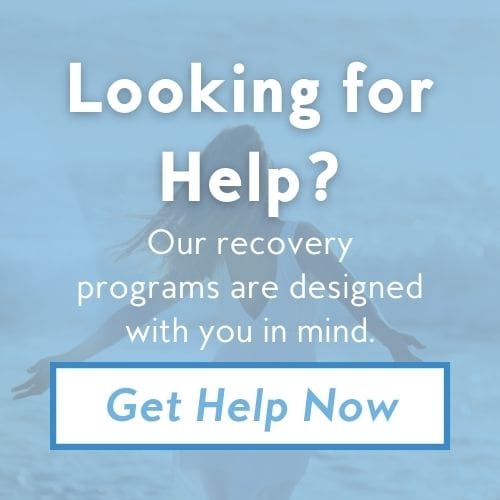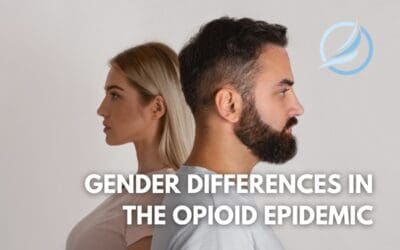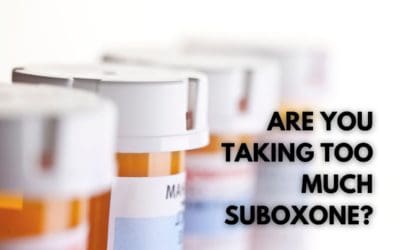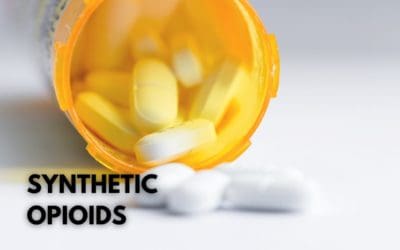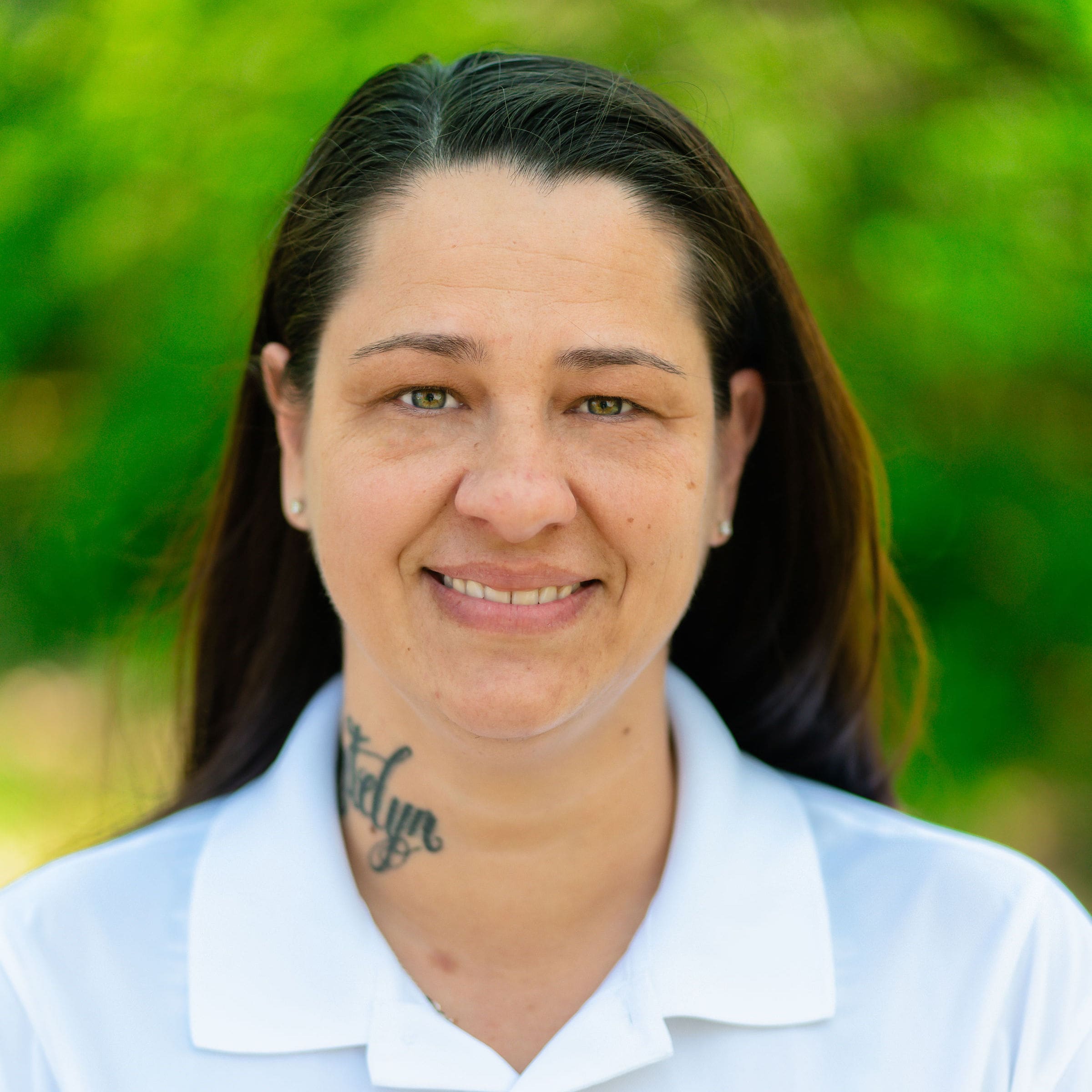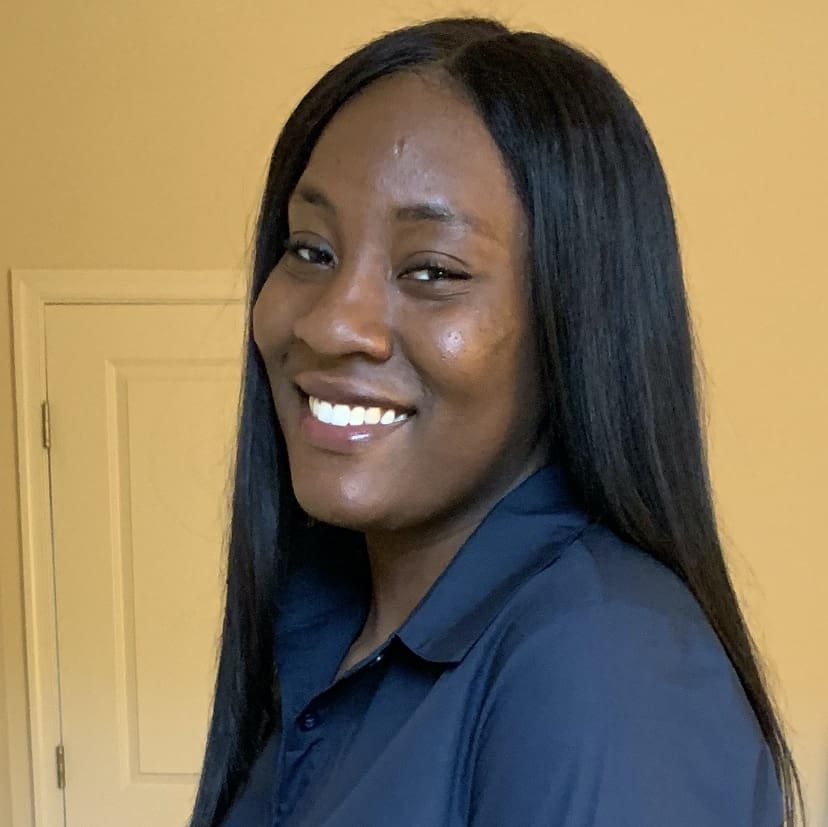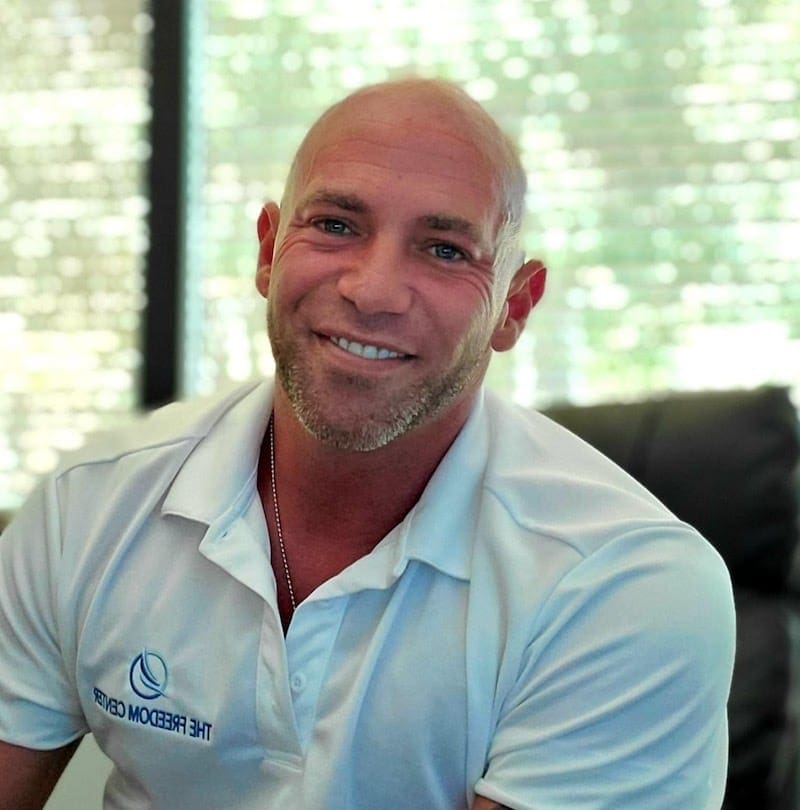The leading cause of accidental deaths in America, opioid use accounted for approximately 47,600 overdose deaths in 2017 and rose to 68,630 in 2021. The rising rate of opioid deaths, particularly associated with fentanyl, is unfounded.
What Are Opioids?
Opioids are a class of drugs that act on the dopamine receptors in the brain and produce a euphoric effect often referred to as a “high.” They are also commonly used as a form of pain management and are prescribed by doctors in various forms.
Opiates vs. Opioids
The terms opioids and opiates are commonly used interchangeably. However, “opiates” is a term that was originally coined to describe a group of substances that are naturally derived from the poppy plant, including opium, morphine, and heroin. Opioids have been used to describe substances whose chemical composition resembles opiates, but are synthetically made. Today, “opioids” is an overarching term used to describe all of the substances in this group, regardless of whether they were naturally occurring or synthetically made.
Types of Opioids
- Codeine
- Fentanyl
- Heroin
- Hydrocodone
- Methadone
- Morphine
- Oxycodone
- Suboxone
- Tramadol
Signs of Opioid Abuse & Addiction
Early detection can make a great difference when it comes to opioid abuse and addiction. This means knowing what the signs of addiction are. By being able to identify and address addiction early, not only will the withdrawal symptoms be less severe, but an individual could also be saved from several social, legal, financial, and physical consequences. Signs of opioid addiction include:
- Doctor shopping
- Use of multiple pharmacies across town
- Using more than the dose prescribed
- Trying to stop using opioids but not being able to
- Experiencing withdrawal symptoms when ceasing opioid use
- Using illicit opioids
- Crushing, snorting, or injecting opioids
- A lack of interest in activities they previously enjoyed
- Social isolation
- Hanging around new groups of people
- Keeping secrets from loved ones
- Money issues
- Irritability and changes in overall mood/personality
Treating Opioid Addiction
One of the major struggles of opioid addiction is the physically addictive nature of these drugs. Strong cravings are a common symptom of withdrawal and a reason why there are such high rates of relapse. This is why a higher level of care such as inpatient treatment, detox, and IOP is recommended to help individuals who are addicted to opioids. Recovery from opioid addiction doesn’t happen overnight. Expect to need a continuum of care at a trusted facility with highly trained professionals and an array of therapies starting with detox.
Opioid Detox
The first stage of recovery for individuals addicted to opioids is detox. An individual who is physically addicted to opioids will begin to develop cravings and potentially other withdrawal symptoms in as little as 6 hours after their last opioid use. The symptoms will challenge the individual in achieving sobriety. A detox program provides physical and emotional support from day 1 until withdrawal symptoms have subsided. Additionally, living in a secluded, sober environment during this time helps remove any temptations or outside stressors that could lead to relapse. Withdrawal SymptomsWithdrawal Timelines
Medically Assisted Opioid Detox
A medically assisted detox plan for opioid withdrawal includes a number of possible interventions that may ease withdrawal symptoms and speed up the timeline. Sweating, vomiting, and diarrhea are withdrawal symptoms that can quickly lead to dehydration, a dangerous health issue. Something as simple as an IV drip can provide much-needed hydration and electrolytes that someone in withdrawal would not otherwise have access to at home. Residential or inpatient detox patients are also provided with daily meals designed to provide nutrients, minerals, and sustenance that support the withdrawal process. Patients are also usually given supplemental vitamins.
Methadone
For some individuals, a different medical approach is preferred. Methadone is a long-acting synthetic opioid medication that has been used for decades to help get opioid addicts off of heroin or other opioids and prevent the development of withdrawal symptoms that may trigger a relapse. It is a medication that binds to opioid receptors, prevents the development of withdrawal symptoms without creating a euphoric high, and blocks the euphoric effects of other opioids to remove the reward of opioid use. This medication is often used to slowly wean an individual off of opioids when a straight abstinence-based detox model has not worked for them. In some cases, the patient will stay on methadone for extended periods of time in an effort to keep them from abusing illicit opioids and to control their dosing, which minimizes the risk of overdose. Highly regulated and only available through licensed methadone clinics, this medication has reduced in its prevalence and has been replaced with another medication, buprenorphine.
Buprenorphine: Subutex & Suboxone
Buprenorphine was approved by the FDA in 2002 for use in treating opioid addiction. The chemical makeup of buprenorphine is that of a partial opioid antagonist. This means it is not exactly an opioid, but it can bind to opioid receptors in the brain to prevent the onset of withdrawal symptoms and produce pain-relieving effects.
Subutex, whose only active ingredient is buprenorphine, is highly effective in preventing withdrawal and providing pain relief. However, it does carry a relatively high risk of abuse. Although it may be used in an inpatient detox setting, Suboxone is currently the preferred method for outpatient medication-assisted treatment(MAT). The newest opioid maintenance option, Suboxone is a medication consisting of buprenorphine and naloxone. Naloxone is a full opioid antagonist that blocks opioid receptors similar to the way methadone does. However, if Suboxone is abused by injecting it directly into the bloodstream then the individual will quickly begin to experience withdrawal symptoms. This feature reduces the risk of Suboxone abuse and makes it a much better option for outpatient opioid detox.
Opioid Rehab
Following detox, or while on Methadone or Suboxone, clients can enroll in a number of treatment options. The following treatment programs provide support during the first weeks and months of sobriety while helping develop skills and tools to prevent relapse.
Residential Treatment
For those who have been struggling with a severe opioid addiction, and maybe have tried rehab before and relapsed, a residential rehab may provide the best setting for lasting recovery. With 24/7 monitoring and the most ideal home environment, this level of care provides the most intensive rehab option outside of a hospital setting.
Partial Hospitalization Program (PHP)
Providing a higher degree of structure than IOP and OP, partial hospitalization for opioid addiction includes 6 hours of programming for 5 to 6 days per week at The Freedom Center. For many who are in transition from a detox program or who have tried lower levels of care previously, the increased structure is the support needed to grow in their recovery journey.
Intensive Outpatient Program IOP
With fewer hours of programming per week, IOP for opioid addiction is often a good transitional program after completing PHP, or for individuals who simply require a little more time to dedicate to their work, schooling, or other responsibilities. This program is ideal to continue learning about addiction and recovery without the high level of structure a PHP program requires.
Outpatient Program
The lowest level of care offered at The Freedom Center, outpatient treatment for opioid addiction allows clients to continue dedicating several hours per week to their recovery journey while still being able to maintain a full schedule outside of treatment. Outpatient treatment may be a good option for those who have experienced moderate levels of opioid addiction or who are transitioning out of higher levels of care.
Dual Diagnosis
Those who have been struggling with opioid addiction and have also been diagnosed with a mental health disorder can benefit from our dual diagnosis treatment program. This route is designed to provide treatment for both mental health concerns concurrently, creating the greatest opportunity for recovery. Common co-occurring mental health disorders include depression, anxiety, and bipolar disorder. Our mental health counselors are highly trained in diagnosing and treating dual diagnosis patients.
Opioid Addiction Treatment at the Freedom Center
If you or a loved one is struggling with opioid addiction, getting help sooner than later is going to be critical to recovery. Our admissions counselors and intervention specialists can help ensure that an individual in need has access to ideal support in a timely and appropriate manner. Don’t wait for another second, make the call now!

